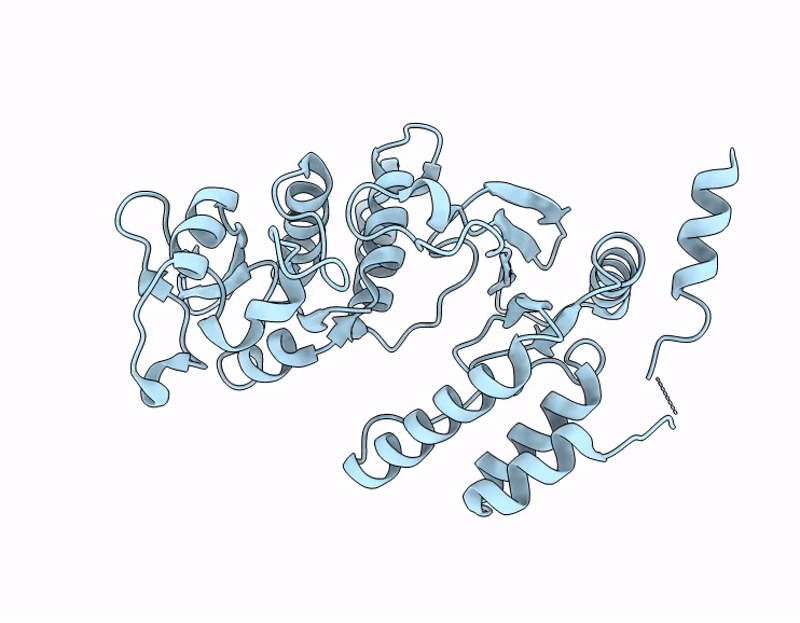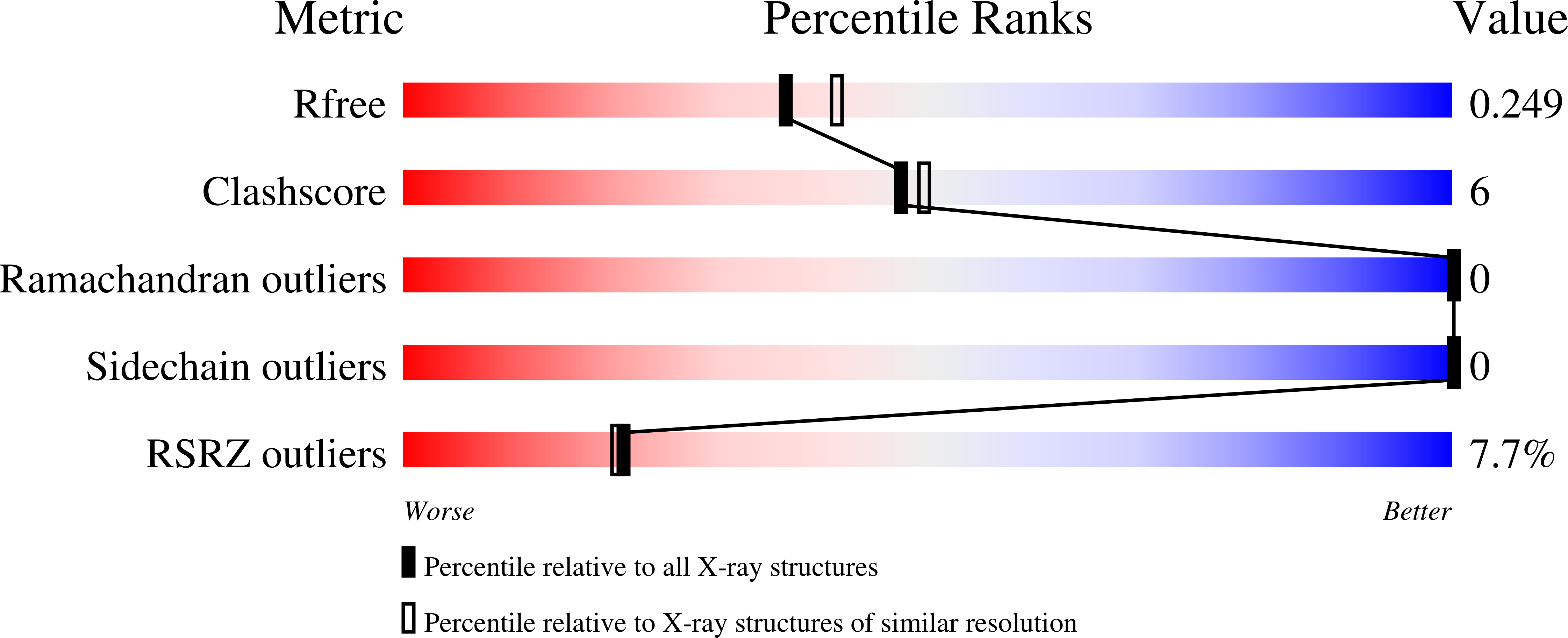
Deposition Date
2025-05-01
Release Date
2025-10-08
Last Version Date
2025-10-08
Method Details:
Experimental Method:
Resolution:
2.25 Å
R-Value Free:
0.25
R-Value Work:
0.22
R-Value Observed:
0.22
Space Group:
I 4 2 2


